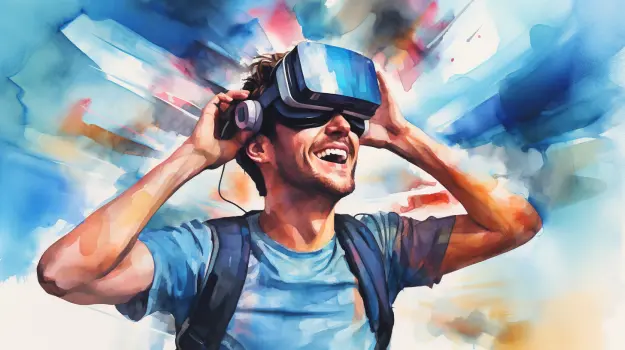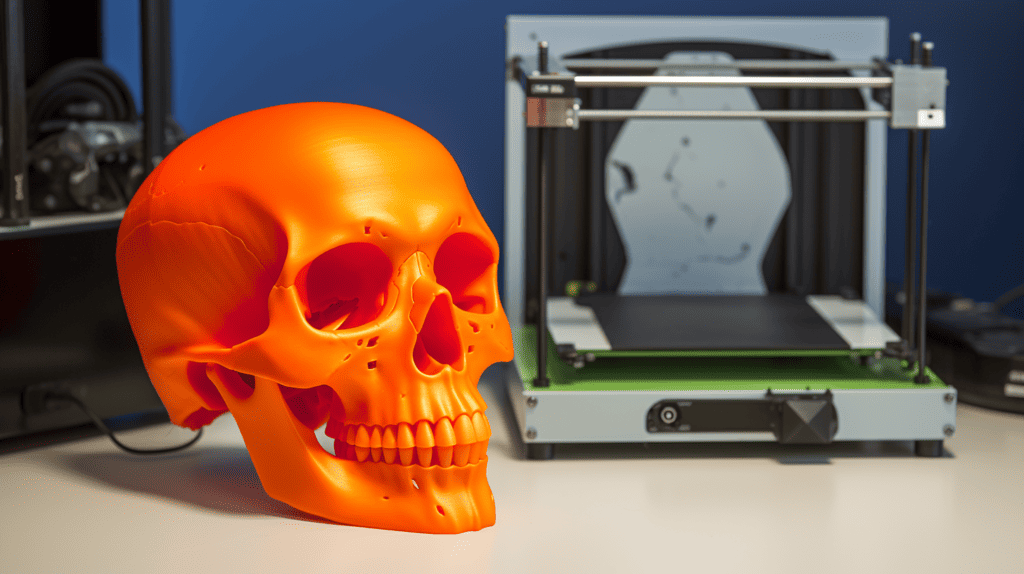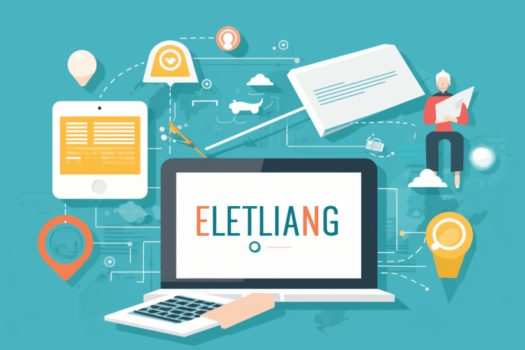Last Updated on August 12, 2023 by Tech Spectrucms
Introduction
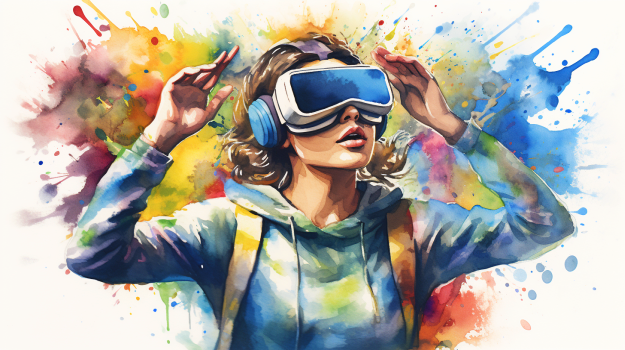
Hey, have you heard the buzz? Virtual reality (VR) is stirring up a storm in the world of education. It’s as if we’ve hopped on a time machine and landed in the future, right? While VR is already making traditional classrooms more exciting, it’s still a bit of a newbie in the realm of online learning. But let’s hit the pause button and imagine the endless possibilities. VR could supercharge digital learning, making it more immersive and interactive than a video game!
VR in Online Learning: The Inside Scoop
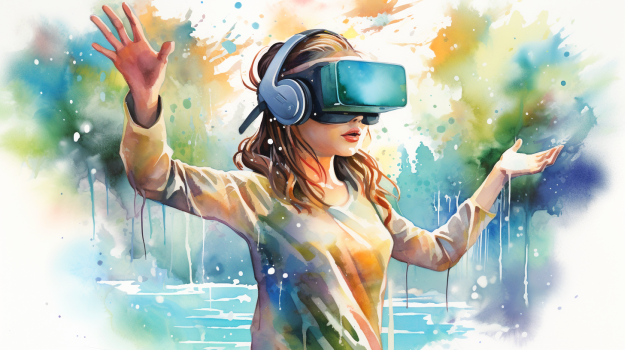
So, you might be scratching your head and asking, “What’s this VR malarkey?” Well, think of VR as your magic carpet to a brand new universe created by computers. You’ll need some nifty VR gear to get there, of course. When it comes to education, VR makes learning so tangible it’s like you’re living it. That’s a big win for helping students unravel complicated concepts.
VR has been sneaking around in online learning since the early 2000s, but only recently has it started to strut its stuff, thanks to the tech whizz kids and their gizmos.
VR in Online Learning: The Perks
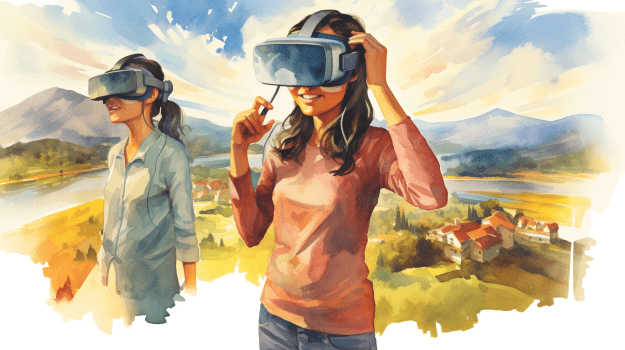
So, what’s the big deal about VR in online learning? For starters, VR makes learning a thrill ride, which can help students remember stuff better. Plus, it lets students dive headfirst into the lesson, making even the toughest topics a walk in the park.
With VR, you can tailor learning experiences to each student’s needs. Students can explore and learn at their own pace, making their learning journey as unique as a fingerprint.
And here’s the kicker. VR can make practical training as easy as pie. From playing doctor to architect, VR lets students get their hands dirty, all from the comfort of their living room.
One of the coolest things about VR is that it can throw students from all over the globe into the same virtual classroom or group project. This not only makes learning feel like a team sport but also helps students walk a mile in different cultures’ shoes.
And the best part? VR can break down walls and make learning accessible to everyone, no matter where they are or what hurdles they face.
Making VR and Online Learning Platforms a Match Made in Heaven
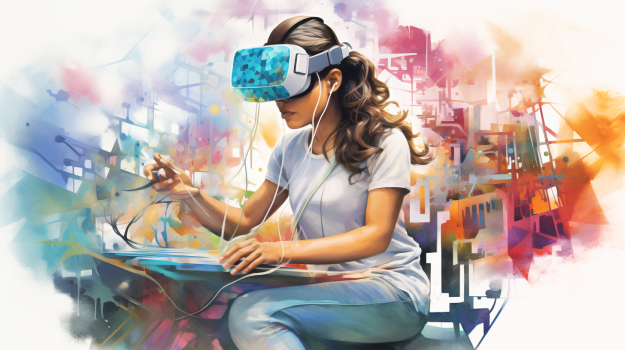
Online learning platforms are slowly but surely getting cozy with VR. They’re whipping up virtual classrooms, lab simulations, and immersive learning experiences that give students a taste of hands-on learning.
Sure, integrating VR isn’t all sunshine and rainbows. It can burn a hole in your pocket, and you’d need a tech guru on standby. Plus, you’ve got to make sure it’s a level playing field for all students. But with a bit of elbow grease and a solid game plan, these hurdles can be smoothed out.
Making VR Sing and Dance in Online Learning
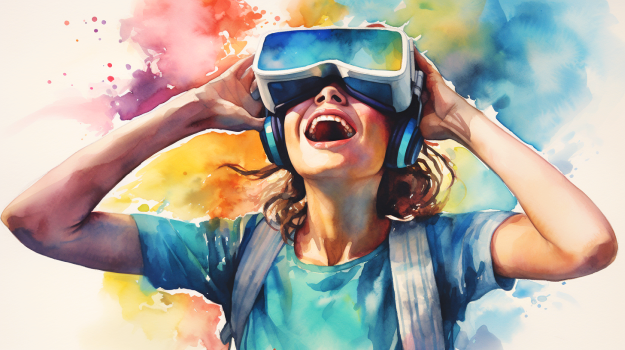
If you want to make VR a hit in online learning, you’ll need the right gadgets and gizmos. And they better be as easy to use as a smartphone so that students can focus on learning instead of wrestling with the tech.
And let’s not forget – you’ll need a tech support team ready to jump in and save the day when VR throws a curveball.
When cooking up VR experiences, remember to consider everyone’s different needs. Make sure your VR experiences are as inclusive as a group hug – everyone deserves a slice of the pie.
Whipping Up Showstopper VR Experiences in Online Learning
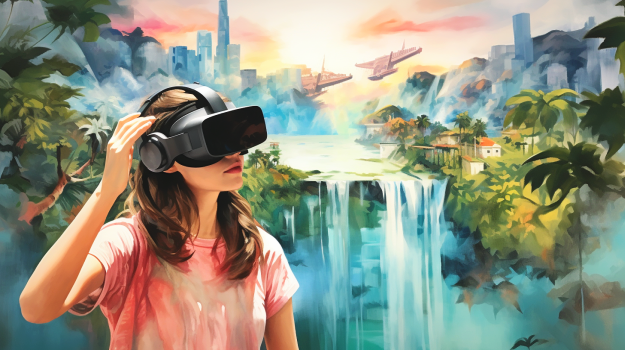
To make VR a star player in online learning, you need to create learning experiences that hit the bullseye. Here are some ideas to get your creative juices flowing:
Scenario-based learning: VR can put students in real-world pickles and challenge them to think on their feet. This gets the brain gears grinding and helps students apply their book smarts to real-life situations.
Simulations and virtual labs: VR lets students play scientist or engineer in a safe and controlled environment.
Virtual field trips: With VR, you can whisk students off on trips to museums, historical sites, or even distant galaxies without leaving their bedrooms.
Role-playing and storytelling: VR lets students walk in someone else’s shoes and see the world through different eyes. This can help them understand others better and communicate more effectively.
Clearing the Hurdles in Adopting VR
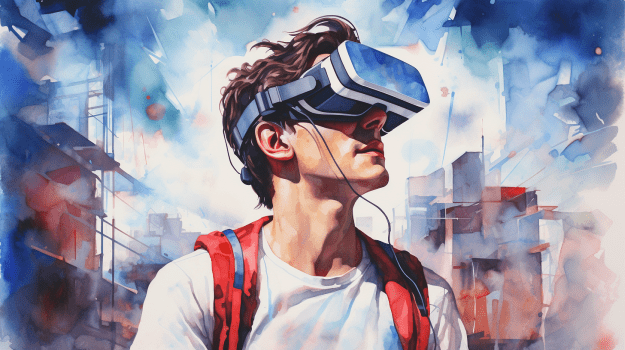
Sure, VR can cost a pretty penny, but there are budget-friendly options that won’t leave you eating instant noodles for a month. Plus, you can find open-source VR platforms that won’t cost an arm and a leg.
Some folks might get the heebie-jeebies when using VR. To keep that in check, you can fine-tune the frame rates, cut down on latency, and remind students to take a breather every now and then.
Before taking the VR plunge, it’s crucial to get educators up to speed on VR tech. A few workshops or professional development programs should do the trick.
And don’t forget – you’ll need a reliable, speedy internet connection to deliver smooth and glitch-free VR experiences.
Playing it Safe and Respectful with VR Online Learning
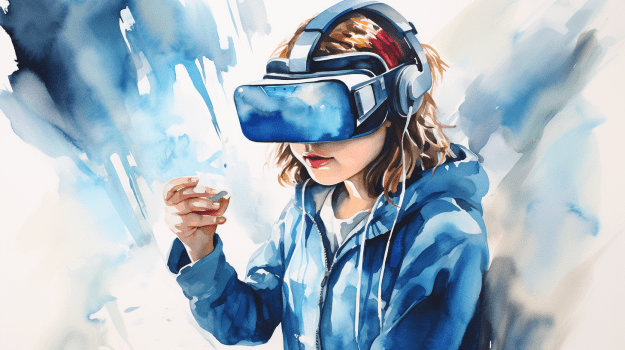
Privacy is a biggie when using VR in online learning, as personal data could be up for grabs. So, it’s crucial to lock down privacy policies and play by the data protection rules.
It’s also important to remind students to play nice in VR. They should respect others’ space and rights.
Safety is another big deal. To prevent issues like eye strain or discomfort, users should take a breather every now and then, make sure their VR headset fits like a glove, and stick to the guidelines on usage time.
Measuring VR’s Impact in Online Learning
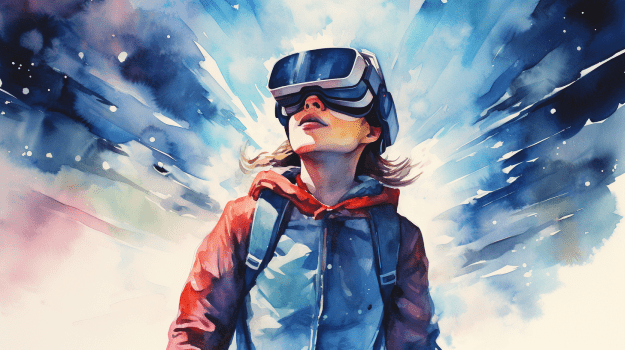
To see if VR is pulling its weight in online learning, you’ll need to set clear goals and keep an eye on student performance. And don’t forget to get the skinny from the students themselves. Their feedback is as precious as gold for fine-tuning your VR experiences.
Peering into the Crystal Ball: VR in Online Learning
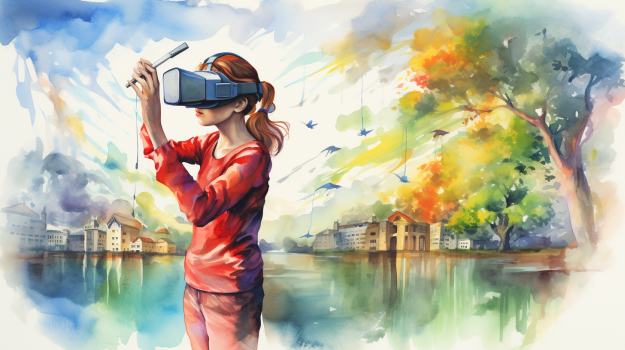
As VR tech keeps upping its game, it’s bound to play a bigger role in online learning. More schools might start giving VR a whirl, and it could become a standard gadget in online courses.
Yes, there are hurdles like cost, accessibility, and tech limitations. But hey, every cloud has a silver lining, right? These challenges also open up opportunities for innovation and teamwork.
Wrap-Up
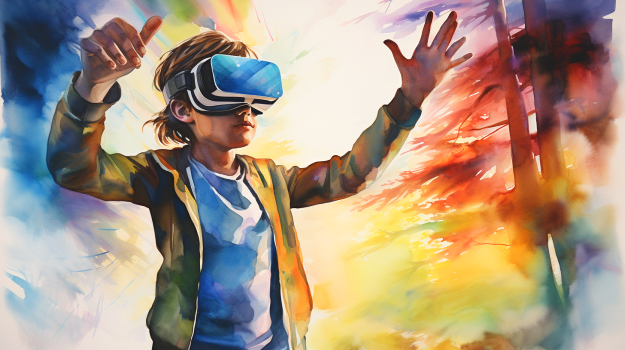
So, what’s the scoop? VR can turn online learning into a blast. It can make learning more engaging, personal, and hands-on. But making VR work is no cakewalk. It takes careful planning, the right tech, good technical support, and a dash of creativity. And, of course, always measure your results and tweak as necessary.
FAQs
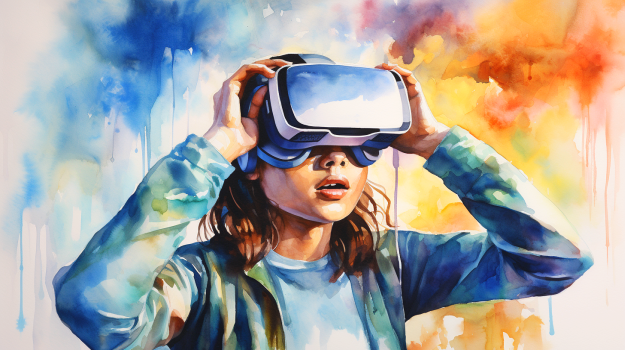
What’s the basic VR kit for online learning?
Usually, you’ll need a VR headset, a compatible device, and controllers. But the exact gear can vary depending on the VR software you’re using.
How can VR be a game-changer for different subjects in online learning?
VR can turn learning into an adventure. In science, students can play mad scientist with virtual experiments. In history, they can time travel to ancient civilizations. The sky’s the limit!
Are there any wallet-friendly VR resources for students and educators?
You bet! Google Cardboard, for example, offers cheap-as-chips VR experiences. And there are educational VR apps and platforms that provide top-notch VR content without the hefty price tag.
Can VR kick traditional classroom learning to the curb?
While VR can jazz up learning, it’s not likely to kick traditional classrooms to the curb. Instead, it’s expected to spice up traditional learning methods and offer students a smorgasbord of learning opportunities.

